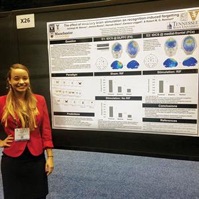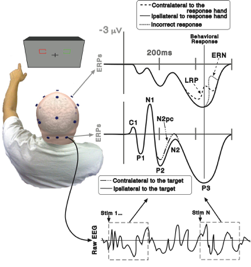
People
Nancy's research interests are focused on understanding how perceptual attention and visual working memory interact while we process complex visual scenes. She uses behavioral, eye movement, and event-related potential techniques to understand how we selectively process and store information. Nancy recently was awarded a Dissertation Enhancement Grant and moved to the University of California, Davis this year for a postdoc.

Rob's research focuses on electrophysiological measurements of attentional selection and cognitive control from human and nonhuman primates. Rob's previous work focused on studies of schizophrenia using electrophysiological techniques and continues to relate findings from mainstream neuroscience and cognitive psychology to clinical disorders.


Melonie's research focus is on how we maintain information in visual working memory. Using behavioral, eye movement, and ERP measures she studies how we focus working memory maintenance mechanisms on the most relevant information in our limited-capacity memory stores. Melonie is an NSF graduate research fellow and the winner of a Lisa M. Quesenberry Foundation Grant.


Geoff's research investigates how our brains selectively process information. This includes projects focused on understanding the information derived during different stages of processing, the impact of perceptual selection on subsequent cognitive processes, how information is stored and maintained in working memory, the nature of interactions between working memory representations and attentional selection. This research uses a wide variety of methods to understand the relationship between small- and large-scale brain circuits underlying information processing. These methods include behavioral measures, eye tracking, electroencephalogram (EEG) and event-related potential (ERP, click on the figure to the right for a tutorial on these techniques) recordings from humans and monkeys, single- and multi-unit recordings, measurements of local-field potentials, as well as neuroimaging techniques.

Staff Research Assistant:
Hanna Glenn (B.A. Psychology)
Undergraduate Research Assistants:
TBA
Kei’s work has examined the relationship between the limited capacity of working memory and its influence on other cognitive abilities, such as the ability to avoid distraction and store information in long-term memory. Dr. Fukuda’s research utilizes electroencephalogram and event-related potential recordings among other behavioral and neuroscientific measures, including intracranial recordings of neural activity.
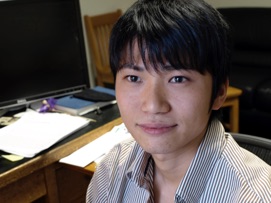
Paul’s research focuses on the executive control of cognitive processing. To understand these high-level cognitive mechanisms Paul uses event-related potentials and nonhuman primate electrophysiology.

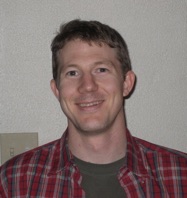
For the websites and CVs of our researchers, click on the individual researcher’s name.
Our work is highly collaborative in nature. This means that the people listed below are a subset of all the excellent individuals that make our research possible. Specifically, we work closely with the laboratories of:
among a number of others

Dr. Kang is using psychophysical and ERP techniques to study how our brains process information during interocular suppression (i.e., binocular rivalry) and in dynamic visual, and task, environments in which we need to store information. Min-Suk has experience with multiple neuroscience methods and continues to guide research examining the commonalities between human and nonhuman electrical brain activity.



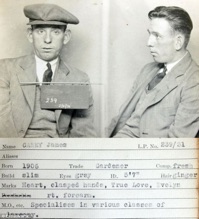
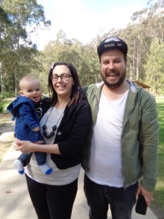
Pete comes to us after getting his PhD at Newcastle in Australia. His work uses an elegant combination of computational modeling, behavioral measures, and neuroscience to understand attention, memory, and decision-making. We had a difficult time finding photos of Pete online. Both of the photos above came up as search hits.
Zach’s research studies how attention is biased by reward, memory, and other high-level cognitive factors. He uses behavior, event-related potentials, and nonhuman primate electrophysiology to understand how attention operates.


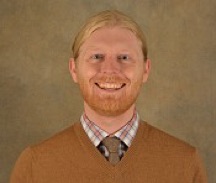
Zach’s research studies how attention is biased by reward, memory, and other high-level cognitive factors. He uses behavior, event-related potentials, and nonhuman primate electrophysiology to understand how attention operates.


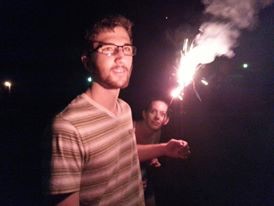
Josh was a postdoc in our lab. His research focuses on visual attention and and how attention is captured by a variety of events. Dr. Cosman uses a host of techniques in is research, including event-related potentials, nonhuman primate electrophysiology, neuropsychological patients, and good-old-fashion behavioral measures. During his postdoc, Josh quickly became our head surgeon in the lab and has become a master of all of the techniques we use. Josh was been funded by an NRSA.


